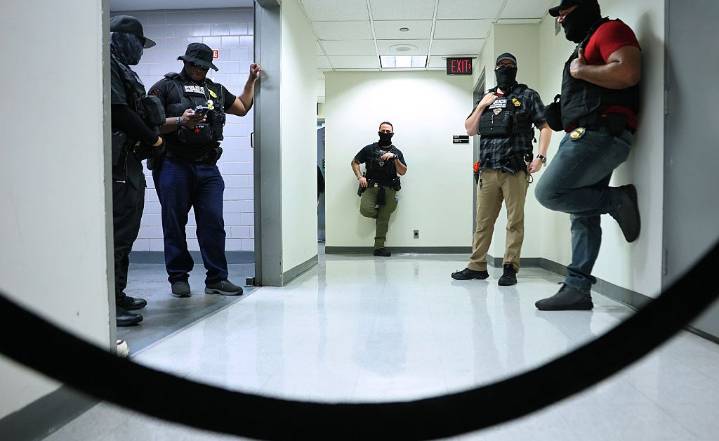I’ve spent decades listening to children—in border shelters, red-light districts, refugee camps, and quiet corners of the world where protection is often a whispered hope. Their voices have taught me to notice not just what laws say, but what they do. Especially when the law forgets what it means to be a child.
In the United States today, immigration policies are not just shaping borders. They are shaping childhood itself. Quietly and steadily, the architecture of enforcement has turned inward—into homes, classrooms, clinics, and shelters. Children, once protected as a special category under law, are now being drawn into systems of surveillance and detention. Some are alone; others live with a growing fear that by being with their parents, they may lose them.
Since January, new executive

 TIME
TIME

 Reuters US Top
Reuters US Top Raw Story
Raw Story Rutland Herald
Rutland Herald Orlando Sentinel Politics
Orlando Sentinel Politics The Daily Sentinel
The Daily Sentinel Axios
Axios Associated Press US News
Associated Press US News KTVU San Francisco
KTVU San Francisco NBC News
NBC News Spectrum News Louisville
Spectrum News Louisville AlterNet
AlterNet